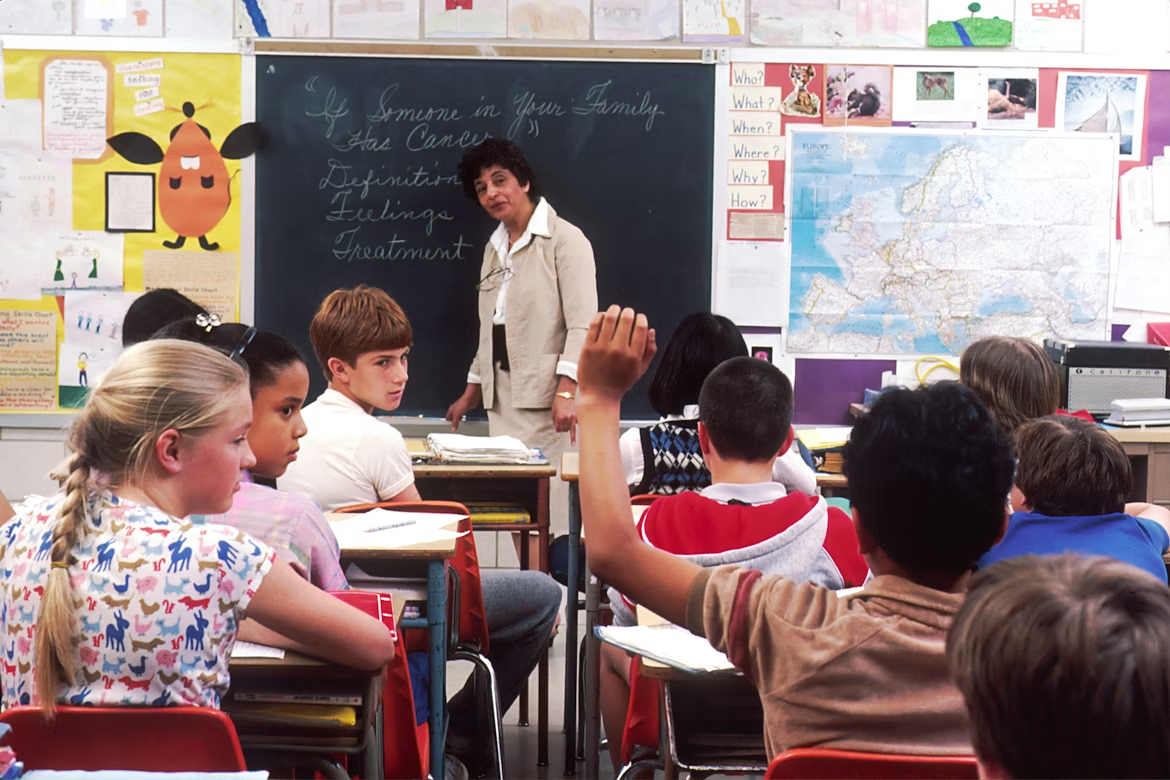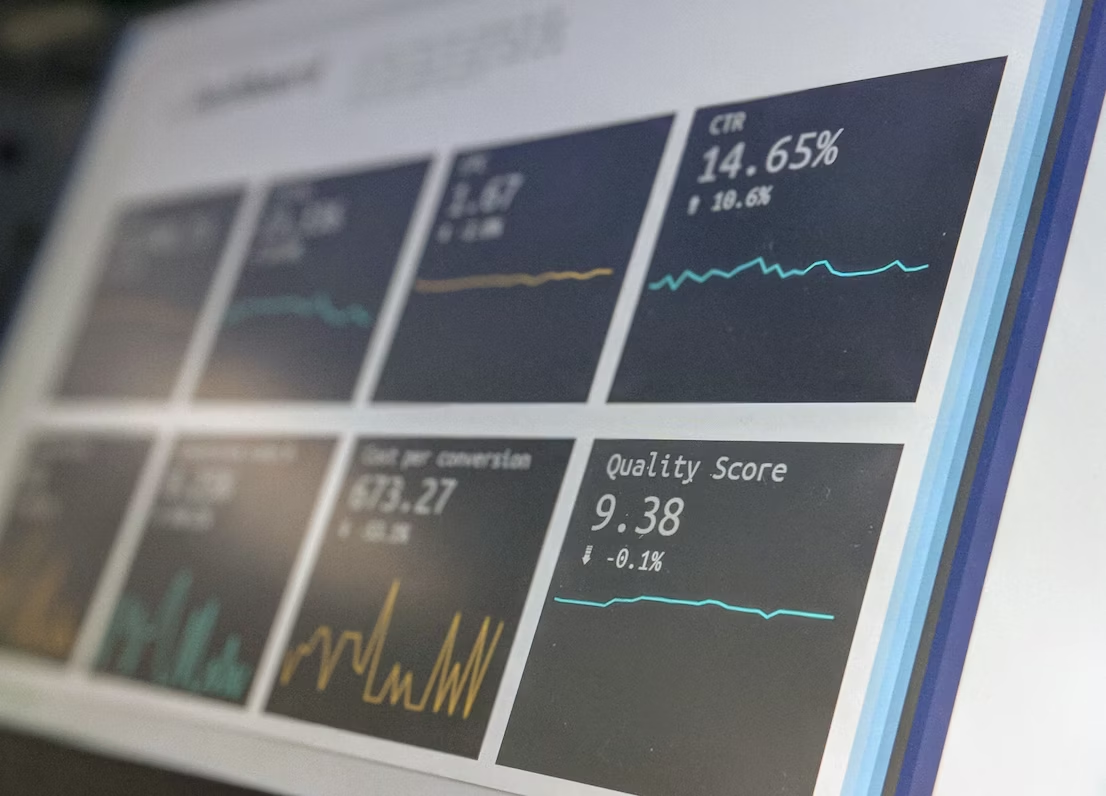In the performing arts, the decision to add live captioning often starts as a discussion about accessibility. But in today’s competitive cultural market, accessibility isn’t just the right thing to do - it’s also a smart business move.
From boosting ticket sales to unlocking new marketing narratives, captioning (and especially AI-driven solutions like Captitles) can generate measurable returns that extend far beyond compliance. Here’s a closer look at how the economics stack up.
Expanding your audience base — and your ticket sales
Every production has a potential audience it’s not currently reaching. Captioning can help break down barriers for several key groups:
- Deaf and hard-of-hearing patrons who might otherwise skip a performance.
- Multilingual audiences, including tourists and local communities who speak different first languages.
- Older patrons who benefit from visual reinforcement of dialogue.
- Young audiences who are used to subtitles in digital media and value them for clarity.
Adding captions can turn these non-attenders into ticket buyers. In fact, surveys from accessibility-focused arts organisations suggest that captioning can increase attendance among target groups by 10–15% for certain productions — a jump that often covers the captioning investment in just one or two performances.
Creating premium experiences — and pricing opportunities
Accessibility features are not always about “basic access.” For many patrons, they are part of a premium experience.
- Better seat choice: Captioning via mobile apps means audience members don’t need to be restricted to specific “caption view” zones.
- Multilingual surtitles allow theatres to offer “cultural nights” in different languages — events that can command higher ticket prices and attract sponsorship from cultural institutions.
- Special interest programming: Marketing captioned performances as “inclusive nights” or “international theatre evenings” can create buzz and sell out niche shows.
The economics here are simple: better accessibility can create special events worth a higher ticket price.
Strengthening your marketing story
Theatres often struggle to differentiate themselves from streaming platforms and other entertainment options. Captioning provides a clear, human-centred story:
- Positioning: “We are a theatre for everyone.”
- Partnerships: Captioned performances can attract support from accessibility charities, embassies, cultural councils, or tourism boards.
- Press coverage: Local and national media increasingly highlight inclusive and innovative theatre.
A single well-timed article about a captioned production can generate free publicity worth far more than the cost of implementing the feature.
Capturing and analysing data
With AI-based captioning systems, captions are more than just words on a screen — they’re also a rich source of performance data.
- Line timing: See where actors speed up or slow down.
- Script deviations: Identify changes between rehearsals and live performances.
- Audience engagement: Combine caption usage data with ticketing information to see which audience segments use the feature most.
These insights can inform artistic decisions, marketing strategies, and even fundraising pitches — because funders love clear, measurable impact.
Calculating the ROI
Let’s run a simple example. Imagine:
- Your theatre seats 300 people.
- Average ticket price: $35.
- AI captioning costs for a 3-week run: $1,500.
If captioning convinces just 15 extra people per performance to attend, that’s $525 in additional revenue per night. Over 10 performances, you’re looking at $5,250 in additional sales — more than triple your investment, without counting any long-term goodwill or marketing gains.
Beyond the balance sheet
Some returns are harder to measure, but no less important:
- Community reputation: Becoming known as an inclusive theatre builds long-term loyalty.
- Staff pride: Working in an accessible environment boosts morale and retention.
- Artistic innovation: Captioning can become a creative tool in itself, integrated into the set design or used for dramatic effect.
Final thought
Captioning isn’t just an accessibility checkbox — it’s a strategic investment. Theatres that embrace it not only welcome more people through their doors but also unlock new revenue streams, marketing angles, and creative opportunities.
In the age of AI-driven tools like Captitles, the question isn’t “Can we afford to caption our performances?” but rather “Can we afford not to?”









